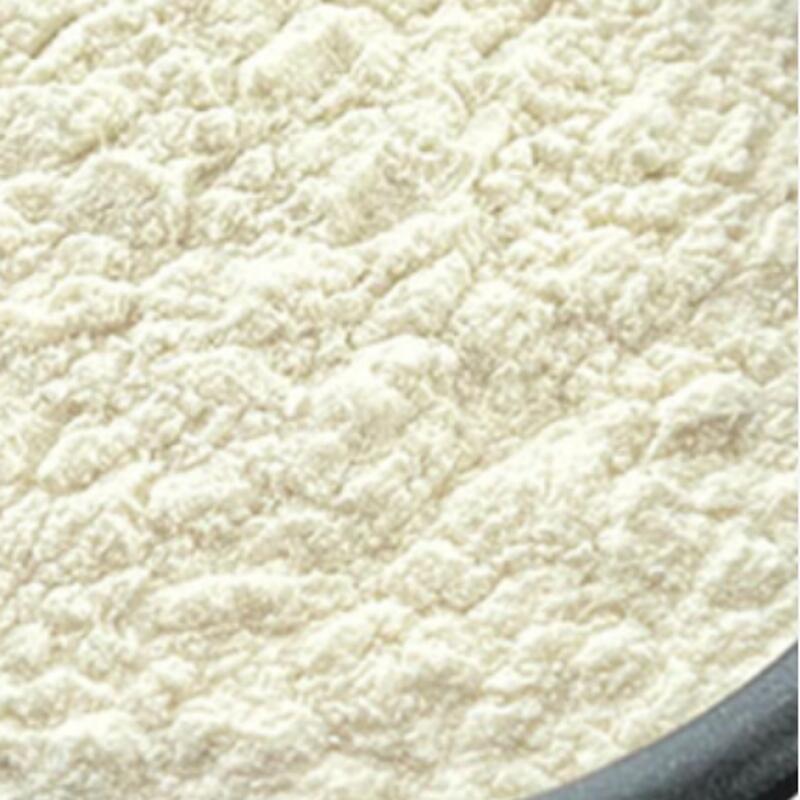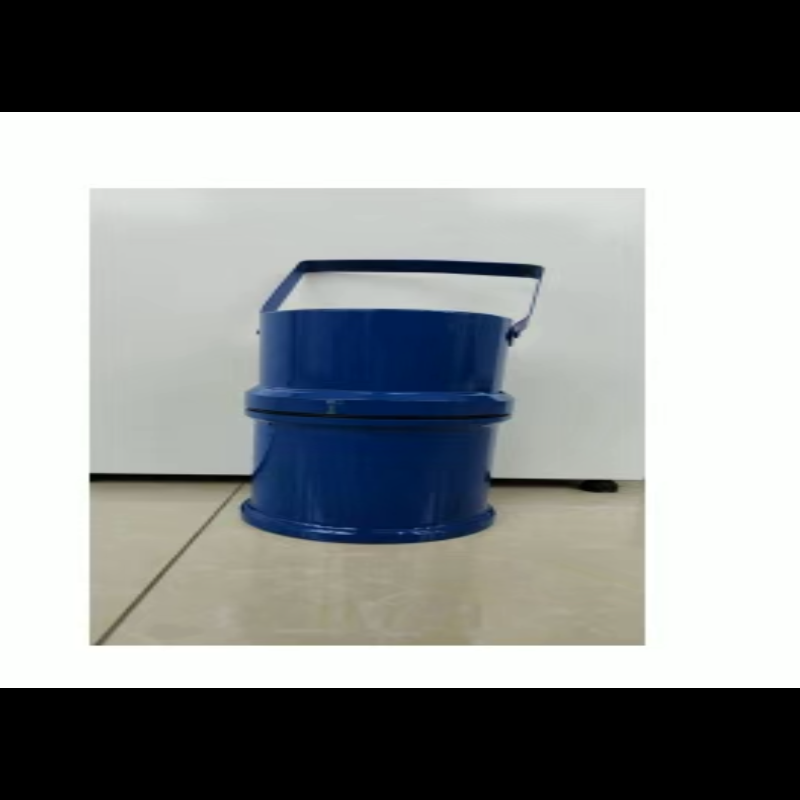-
Categories
-
Pharmaceutical Intermediates
-
Active Pharmaceutical Ingredients
-
Food Additives
- Industrial Coatings
- Agrochemicals
- Dyes and Pigments
- Surfactant
- Flavors and Fragrances
- Chemical Reagents
- Catalyst and Auxiliary
- Natural Products
- Inorganic Chemistry
-
Organic Chemistry
-
Biochemical Engineering
- Analytical Chemistry
-
Cosmetic Ingredient
- Water Treatment Chemical
-
Pharmaceutical Intermediates
Promotion
ECHEMI Mall
Wholesale
Weekly Price
Exhibition
News
-
Trade Service
2.
Quality requirements for injections: In addition to the inspection items specified under each category, the filling quantity (or minimum filling quantity) or difference in filling quantity, visible foreign matter, insoluble particles, and related substances of Chinese medicine injections should also be checked according to the classification of injections.
(1) Checking the quantity
1.
(1) This method is applicable to the inspection of the filling volume of injections and concentrated solutions for injection of 50ml or less.
(2) Injections and concentrated solutions for injection with a marked filling volume of 50ml or more shall be inspected in accordance with the minimum filling volume inspection method
2.
(1) The labelled filling quantity of a single-dose test product is not more than 2ml, and 5 test products (bottles) are taken, and 3 test products (bottles) are taken for those above 2ml to 50m
(2) Injections and concentrated solutions for injection with a marked volume of more than 50ml shall be inspected according to the minimum volume inspection method (General Rule 0942), and shall meet the requirements
It can also be calculated by dividing the weight by the relative density
(3) For pre-filled syringes and cartridge-type devices, if the indicated amount is not more than 2ml, take 5 test products (bottles); for those with more than 2ml to 50ml, take 3 test products (bottles)
3.
4.
(1) For injections and concentrated solutions for injection (50ml and less than 50ml), the filling volume of each bottle is not less than its labeled volume, and it is judged to be in compliance; if there is less than its labeling volume, it is judged to be non-compliant Regulations
(2) For injections and concentrated solutions for injection (above 50ml), the content of each container and the average volume shall be in accordance with the minimum volume inspection method, and the volume of each container shall not be less than the minimum allowable volume.
The recording and calculation recording rt, extracted for the test count and the amount of label loading apparatus and the measured amount
(2) Checking the difference in loading
1.
(1) This method is applicable to the inspection of the difference in the filling quantity of sterile powder for injection
.
The purpose of this inspection is to control the consistency of the filling volume between the bottles to ensure the accuracy of the dosage
.
(2) As for the sterile powders for injection which are required to check the uniformity of the content, the check for the difference in the filling quantity is generally no longer carried out
.
2.
Method of operation
(1) Take 5 bottles (pieces) of the test sample, remove the label and aluminum cap, wipe the outer wall of the container with ethanol , dry, and number them separately
.
(2) Lightly buckle the rubber stopper or the neck to make all the attached powder fall.
When opening the container, pay attention to the air pressure balance and prevent foreign objects such as glass chips from falling into the container.
Quickly and accurately weigh the container.
The container is a glass bottle for injection.
For bacteria powder, first carefully open the inner plug to balance the air pressure inside and outside the container, close tightly and accurately weigh it, then pour out the contents, wash the container with water or ethanol, dry it under suitable conditions, and then accurately weigh each container separately Weight, calculate the volume and average volume of each bottle (bottle)
.
(3) The volume of each bottle (cylinder) is compared with the average volume, and if there is a marked volume, it is compared with the marked volume, which should meet the requirements
.
If one bottle (bottle) does not meet the requirements, another 10 bottles (bottles) should be taken for re-testing, and they should all meet the requirements
.
3.
Matters needing attention
(1) When opening the ampoule for powder injection, avoid falling or splashing of glass particles; when opening the rubber stopper aluminum cap glass bottle for powder injection, first slightly open the rubber inner stopper to balance the air pressure inside and outside the bottle, and then close the bottle tightly before weighing.
Heavy
.
(2) Drying of empty containers can generally be heated at 60 to 70°C for 1 to 2 hours
.
(3) When weighing an empty container, pay attention to the matching of the bottle body and the bottle stopper (or the broken bottleneck part)
.
4.
Results and Judgment
(1) Compare the filling quantity in each bottle (bottle) with the average filling quantity (if there is a marked filling quantity, compare it with the marked filling quantity).
According to the provisions of Table 15-4, none of them exceed the limit of filling quantity difference.
, It was judged to be in compliance with the regulations
.
(2) The filling quantity in each bottle (bottle) is compared with the average filling quantity (if there is a marked filling quantity, compare with the marked filling quantity), if the difference in filling quantity exceeds the limit, the powder injection is more than 1 bottle (piece) , It was judged as not in compliance with the regulations
.
(3) If one bottle (bottle) exceeds the limit for the difference in filling quantity, another 10 bottles (bottles) should be taken for retesting.
If none of the bottles (bottle) exceeds the limit for the filling quantity difference, it can be judged as conforming to the regulations
.
If there is still 1 bottle (bottle) or more than 1 bottle (bottle) that exceeds the limit of the difference in filling volume, it will be judged as non-compliance
.
Table 15-4 Limits of difference in injection volume
5.
Records and calculations
(1) Record the model of the analytical balance
.
(2) Record each weighing data
.
(3) Calculate the weight of the contents of each bottle (bottle)
.
(4) Calculate the allowable loading range based on the average loading volume or the marked loading volume
.
Related Links: Inspection Method of Chinese Medicine Tablets







